
The list of outdoor activities you can do in Montenegro. Prices, alternatives, tips
Montenegro is associated with seaside holidays, but it has more opportunities for various sports and outdoor activities.
The Latin name of the country, Montenegro, translates as the "Black Mountain". It is part of the Dinaric Alps covering the most of the Balkans. There are national parks with marked trails, in winter — ski resorts, and the deepest canyon in Europe, which you can raft down. At sea, you can do different types of surfing, scuba diving in caves and wrecks, get a license to the sailboat, and fishing. And even in the cities of Montenegro, there is something to do: walk, run and ride a bike. All-year-round.
In the winter of 2019–2020, I tried some of the sports and outdoor activities in Montenegro. Next, I will share my experience and tell you about everything in order with prices, alternatives to certain sports and issues related to the practice of them, as well as some personal tips.

Ivan Kuznetsov, outdoor writer from the Dolomites, Italy, and Karelia, Finland
Montenegro: running
Running is the easiest kind of active recreation in Montenegro. Especially in winter, when there is snow in the mountains, and you need to keep fit. For jogging and running, I also recommend the off-season and winter with a temperature of about 10 degrees Celsius. In summer in Montenegro stably above 30 degrees, running is possible only early in the morning or at sunset.
Running perfectly suit city embankments with picturesque views at once of the sea, the cities themselves, and the mountains. In Budva, the promenade is 6 km long — from Mogren Beach to Kamenovo Beach. In Herceg Novi, the same amount, from the beach in the village of Igalo to the Meline Beach. In Tivat — 3 km. Long embankments of at least 2–3 kilometers are in almost all seaside towns in Montenegro, and where not — you can walk around the city itself. There is also a 12 km-long beach — Velika Plazha. It is located on the peninsula of the same name near the city of Ulcinj.
Don’t be afraid to scare people. In Budva, there are many runners — more of those who simply walk. You won’t be disturbing anybody.
Amateur runners can come to Montenegro to participate in the race. Every year in autumn in the capital Podgorica there are a half marathon and a marathon (21 and 42 km) and easier races — for 5 and 8 kilometers. Another half marathon to the famous Ostrog Monastery, at 900 meters above sea level, is held in spring. (Yes, you have to run uphill. The half marathon in Ostrog is considered one of the most difficult in the world).
The cost to run the races in Podgorica is 10 € for the marathon and 5 € for the 5 and 8 kilometers.
Montenegro: mountain biking
Montenegro is not the best country for bicycle enthusiasts: on the coast in summer, traffic is terrible. Nevertheless, many people travel around the country by bicycle.
The most popular cycling route on the coast is in Kotor Bay — the southernmost fjord of Europe, between the cities of Kotor and Herceg Novi. It is 43 km.
If you are also not afraid of mountain passes, you can try a mountain biking in Montenegro.
The most popular route in the mountains is from the town of Zabljak on the Saddle Pass in the Durmitor National Park. You have to climb from 1,450 to 1,950 meters. An easier option is to bike around the main attraction of the park, the Black Lake.
If you do not have your own bike, in Montenegro you can rent one in any city. Inexpensive mountain bike costs from 20 € per day. For a deposit they will ask for 10 € more.
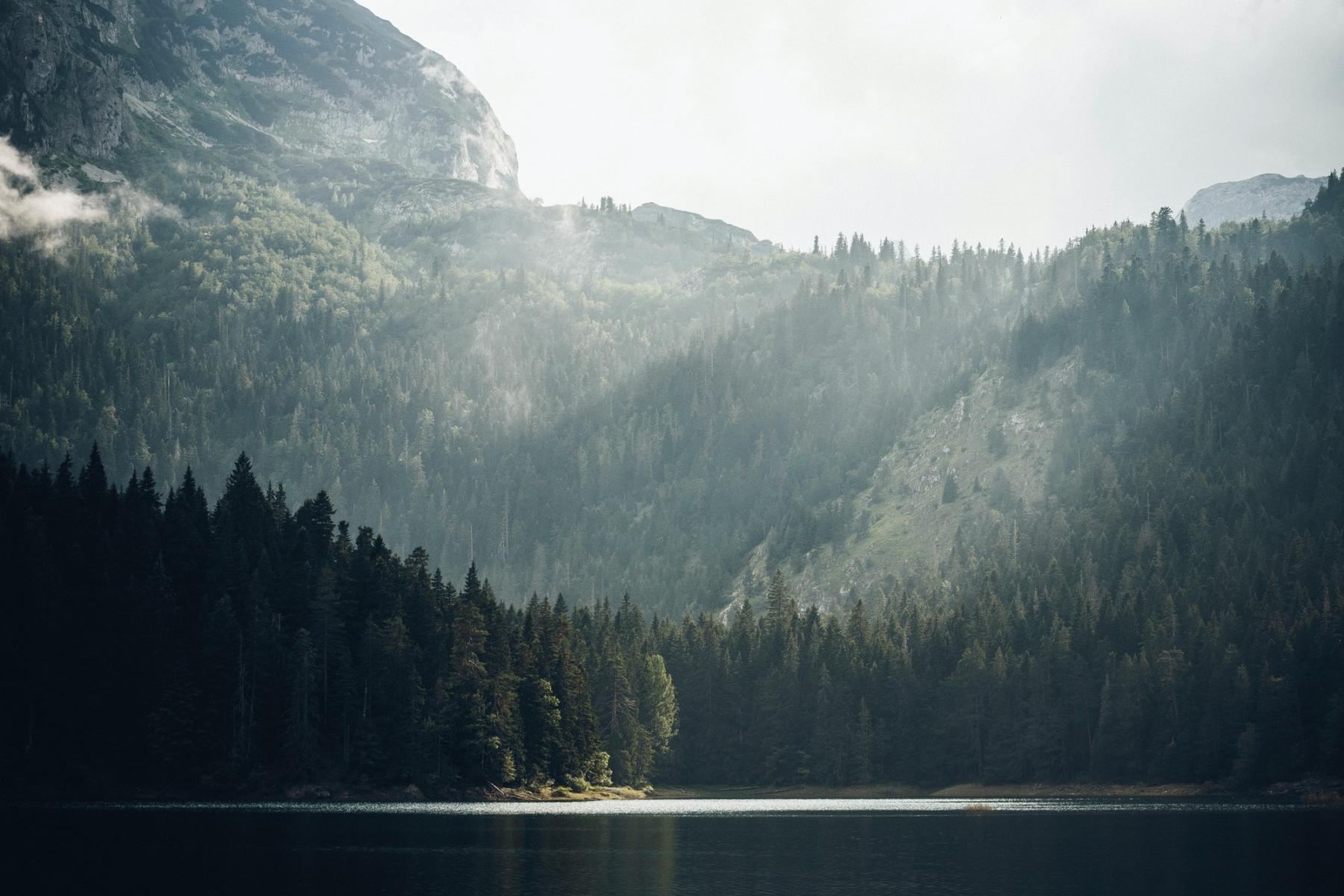
Dejan Zakic / Unsplash
Montenegro: hiking and backpacking
In addition to Durmitor, in Montenegro there are four more national parks: Lovcen, Prokletije and Biogradska Gora in the mountains, and Skadar Lake National Park where there are 280 species of birds and 45 species of fish.
Each park has from 5 to 10 marked hiking trails up to 63 kilometers long (5 to 15 kilometers on average), camping sites where you can pitch a tent and make a fire, and mountain huts where you can stay overnight in relative comfort.
In the parks, you can also rent sports and hiking equipment, go fishing in the lakes, or raft down a mountain rivers.
Entrance to the national parks of Montenegro is paid. For example, in Durmitor the entrance fee is 3 € per day.
I was in Montenegro in winter, so I hiked in the mountains around the cities because the national parks have snow from late September — to early October to late June, except for Skadar Lake. There are many scenic trails in the towns, too. For example, go up to the village Bijelske Krusevica from the Kotor, to the Austrian fortress Kosmac from Budva, or walk the Egorov Trail above St. Stefan.
Montenegro: rafting
The canyon of the mountain river Tara, which flows in the Durmitor National Park, is the deepest in Europe (1300 meters). The length of the canyon is 80 km.
In summer it is very popular for rafting by inflatable boat and other floating devices. The standard rafting route starts from the town of Šćepan Polje on the border of Montenegro with Bosnia and Herzegovina. It is a safe route of the second category of difficulty (of the six accepted in rafting), which is suitable for those who have never done it.
Rafting is done in a boat with 6-12 people and an instructor. In three hours you will overcome 20 rapids and walk 25 kilometers. The total duration of the adventure is not less than 12 hours.
Rafting the Tara River on this route costs from 45 €, depending on the tour company, 65 € for an overnight stay, and 85 € for three days of rafting. The price includes transportation to the start point, equipment, breakfast and lunch, and other services. Rafting trips are organized by Rafting Center Drina Tara, Tara Tour Rafting Company, Blue River Tara, and other tour companies.
In addition to the Tara River, there is rafting on other rivers of Montenegro such as Lim, Moraca, and Piva.
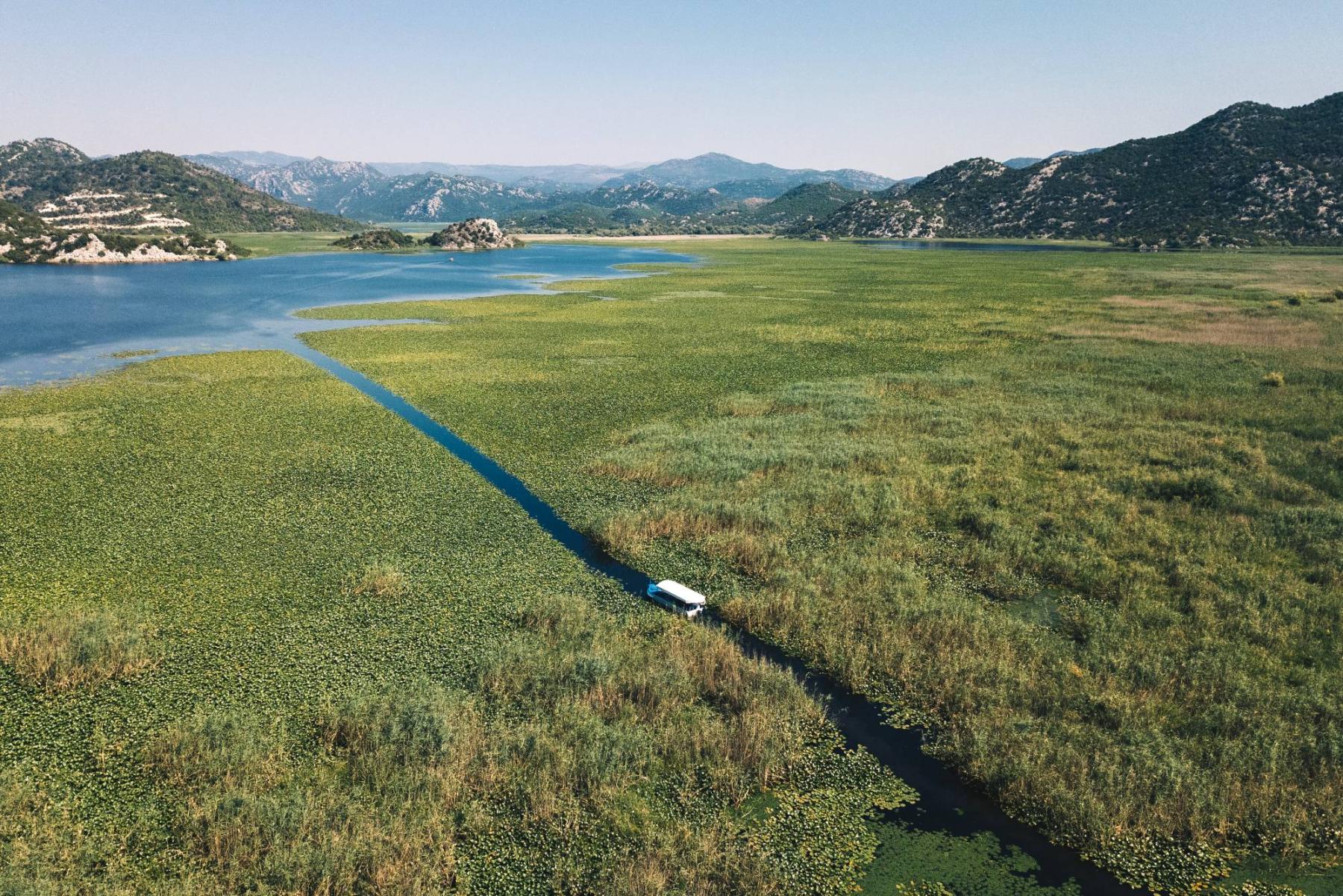
Antoine Similon / Unsplash
Montenegro: paragliding
Across the canyon of the Tara River, there is the most picturesque bridge in Montenegro — Đurđevića Tara Bridge. Along the bridge stretches a zipline, a metal rope, on which you can descend from one side of the canyon to the other. The speed of the flight is about 100 km/h. Ziplines runs from April 1 to October 31 each year.
To the zipline costs from 10 to 45 € with various extras. Companies include Tara Sport Rafting, Red Rock Zipline, Montenegro Adventure Travel, and others. But ziplining isn’t exactly an active recreation after all, so I recommend paragliding.
You can go paragliding in many cities in Montenegro. I would choose Budva to see St. Stefan Island or Kotor to see Kotor Bay. Or somewhere in the mountains — like Durmitor. There are several tour companies organizing flights.
The weight limit is 110–120 km. Age is not limited, but flying, in general, is not recommended for older people. The flight is carried out with an instructor and takes 15–20 minutes.
The cost of paragliding in Montenegro is from 65 €. For an extra 10 €, you’ll get the video from the GoPro camera, which will be taken by the instructor.
Montenegro: sailing and yachting
To just go on a yacht or a boat in the sea, you can buy an excursion — but this is more of passive recreation, as well. To be active, you will have to master sailing. It is not more difficult than going to the mountains, but it requires a little more time.
Montenegro is one of the best places in Europe for yachting, along with Turkey, Greece, and other countries. Here the sea is as beautiful and the courses are cheaper than in Western Europe. The main marina in Montenegro and the Adriatic Sea is Porto Montenegro in Tivat.
You can sail along the entire coast, along the Kotor Bay. In Montenegro, there are also 13 islands. Or to neighboring countries.
There are several sailing schools where you learn to be a skipper in two weeks from scratch through the International Yacht Training (IYT) Worldwide system. This is a license with which you can drive a yacht. The training costs 900–1000 € with accommodation on the yacht during the whole period. The popular schools are LordWaters (Bar), SimpleSail (Budva), SailBand (Tivat).
Renting a sailing yacht in Montenegro for a week costs on average 2000 € for a yacht with three cabins. Meals, flights, anchorages in marinas, and other extra costs are paid separately.
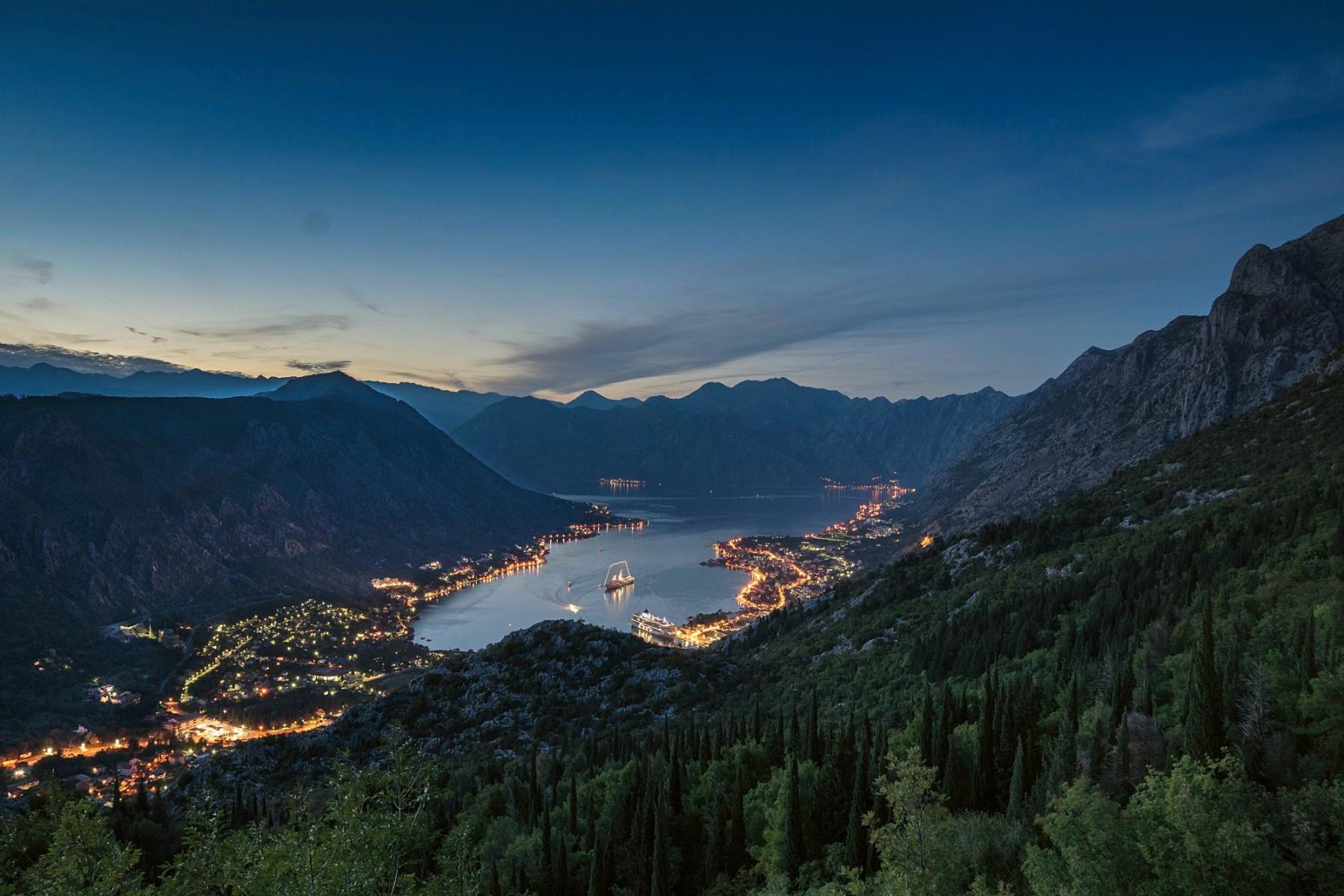
Dragisa Braunovic / Unsplash
Montenegro: swimming
On a par with running, swimming is the easiest way to spend an active holiday in Montenegro. Swimming in Montenegro is safe and comfortable.
In 2019, 30 beaches in this country received the “Blue Flag” award. This is the most prestigious international award, which is given for the high quality of water and recreational conditions.
The leader in the number of beaches with the “Blue Flag” in Montenegro is the Budva Riviera. There are 16 of them. In Ulcinj there are 10, in Bar — three, in Tivat — two, in Herceg Novi — one. The names of other beaches can be easily found on the Internet. For example, the beach Kamenovo is considered one of the best on the Budva Riviera: here the water is cleaner and less crowded.
Entrance to public beaches is free, near the hotels — from 10–20 €. The price includes sunbeds and umbrellas. There are also very expensive beaches — for example, Milocer near St. Stephen at a price of 120 € per entry.
In winter, you can not swim in Montenegro, because the water is cold. During a month in Budva, I have never seen anyone swimming in the sea, except for a mass swim in the water at Epiphany — but that is an exception.
Montenegro: diving
All around the coast of Montenegro, there are many diving centers, where you can try almost all the main kinds of diving: scuba diving, snorkeling, and diving in caves and wrecks.
The most famous natural and man-made wrecks that you can dive are the “Blue Cave” on the Luštica Peninsula, the reef near Mamula Island in Kotor Bay and the old sailing galleon there, the SMS Zenta ship of the Austro-Hungarian Navy, a 19th-century warship in Bar, the reef of Stary Ulcinj Island in Ulcinj Riviera. But still the most famous is “Blue Cave” which can also be accessed simply with a boat tour, but it would also be a passive recreation.
In order to scuba dive, it is necessary to take a course (and sometimes training in the pool) in one of the diving centers. They are available in all coastal cities: Budva, Herceg Novi, Kotor, and others.
Diving is not cheap as compared with other kinds of outdoor activities. Approximate cost of diving for 30 minutes is 35–50 €. Night diving — at 10 € more expensive. The price usually includes the services of an instructor, tank of 12 liters, a belt and weights, tea/coffee on the boat. Everything else is paid separately.
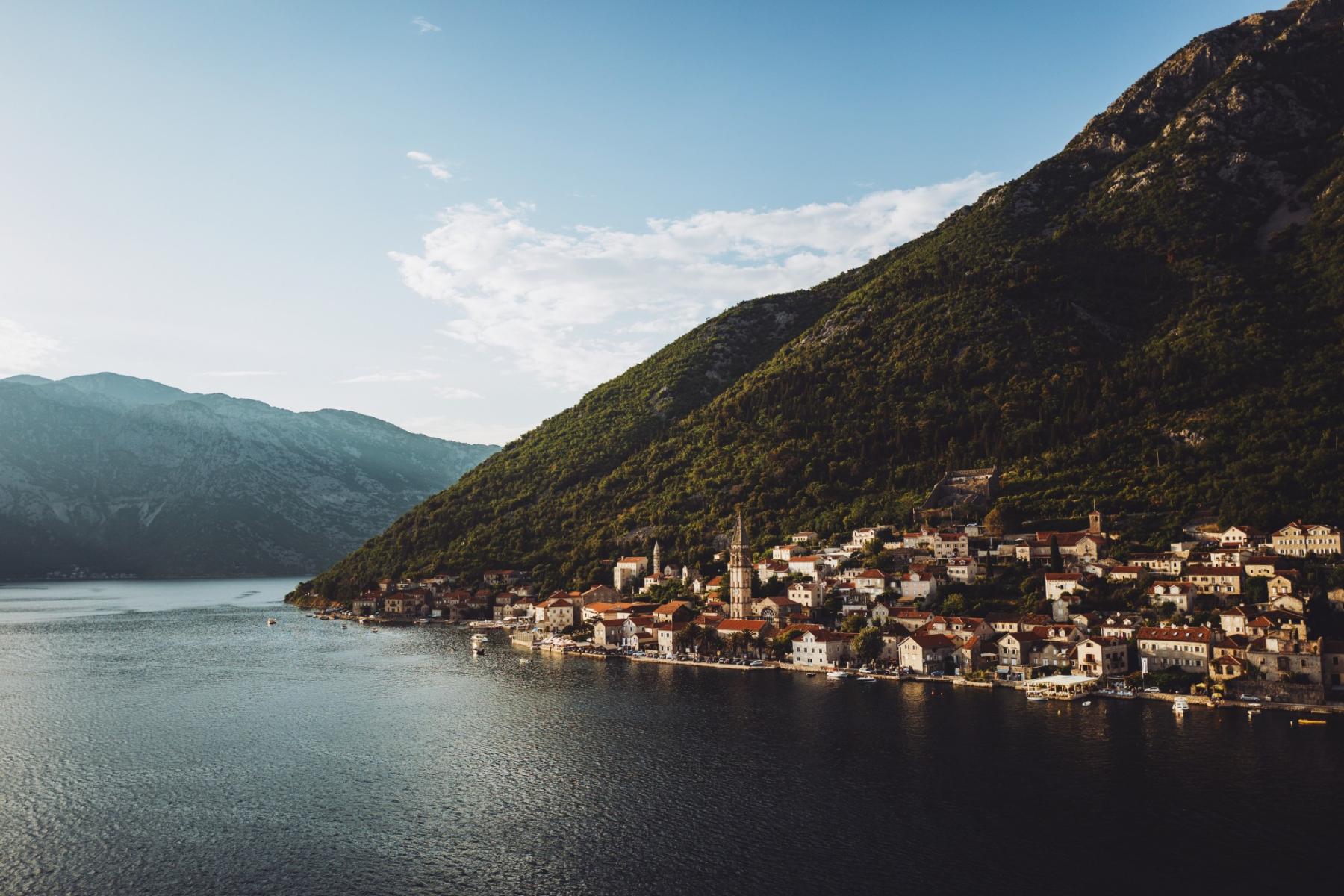
George Kedenburg / Unsplash
Montenegro: kitesurfing and windsurfing
Montenegro is not California or Bali. Ordinary surfing here is unlikely. But you can do here its varieties — windsurfing and kitesurfing. Both are aided by the wind and not by big waves. In the first case, a sail is attached to the boat, like on a ship, in the second — you ride the waves behind the kite.
Kitesurfing is suitable for people of all ages.
You can learn these types of surfing in Montenegro all along the coast, as well as on Skadar Lake.
For example, the company Kite Riders Montenegro which is based at the longest beach in Montenegro Velika Plazha of 12 km long on the Lushtitsa Peninsula, offers private courses for beginners from 79 € per hour, in group — from 249 € for 8 hours over 2–3 days (theory and two lessons on water).
Rental of a kitesurfing or windsurfing board at the same school will cost you from 45 €/day, the “combo” course (study and kite) is from 359 €.
Montenegro: fishing
Fishing in Montenegrin language, a normative variety of the Serbo-Croatian language, is "pecanje". Here, as well as in other countries, it is a popular hobby and recreation in nature.
In Montenegro you can fish in the sea, lakes, and rivers — there are all water bodies. In the Adriatic Sea, there are more than 40 species of fish: mackerel, eel, garfish, flounder, and tuna. In lakes and rivers, there are roach, trout, salmon, grayling, carp, pike, and others.
In addition to Skadar Lake, there are Pivskoe, Bukimirskoe, Kapitanovo and Plavskoe lakes. Other rivers, except Tara, are Liucha, Mrtvitsa, Zeta, Bojana.
The fishing season in Montenegro on the sea lasts somewhere from March 15 to the end of November each year. In the lakes and rivers — on the contrary: from November to March, including ice fishing in winter.
Fishing in a tour format is a good idea. Guides know the place and arrange everything you need for a successful fishing trip. Such excursions cost from 40 € per person for 4–6 hours at the sea or lake.
Search for local fishing guides on the largest international site Fishing Brooker, or in the startup Fish.Travel.
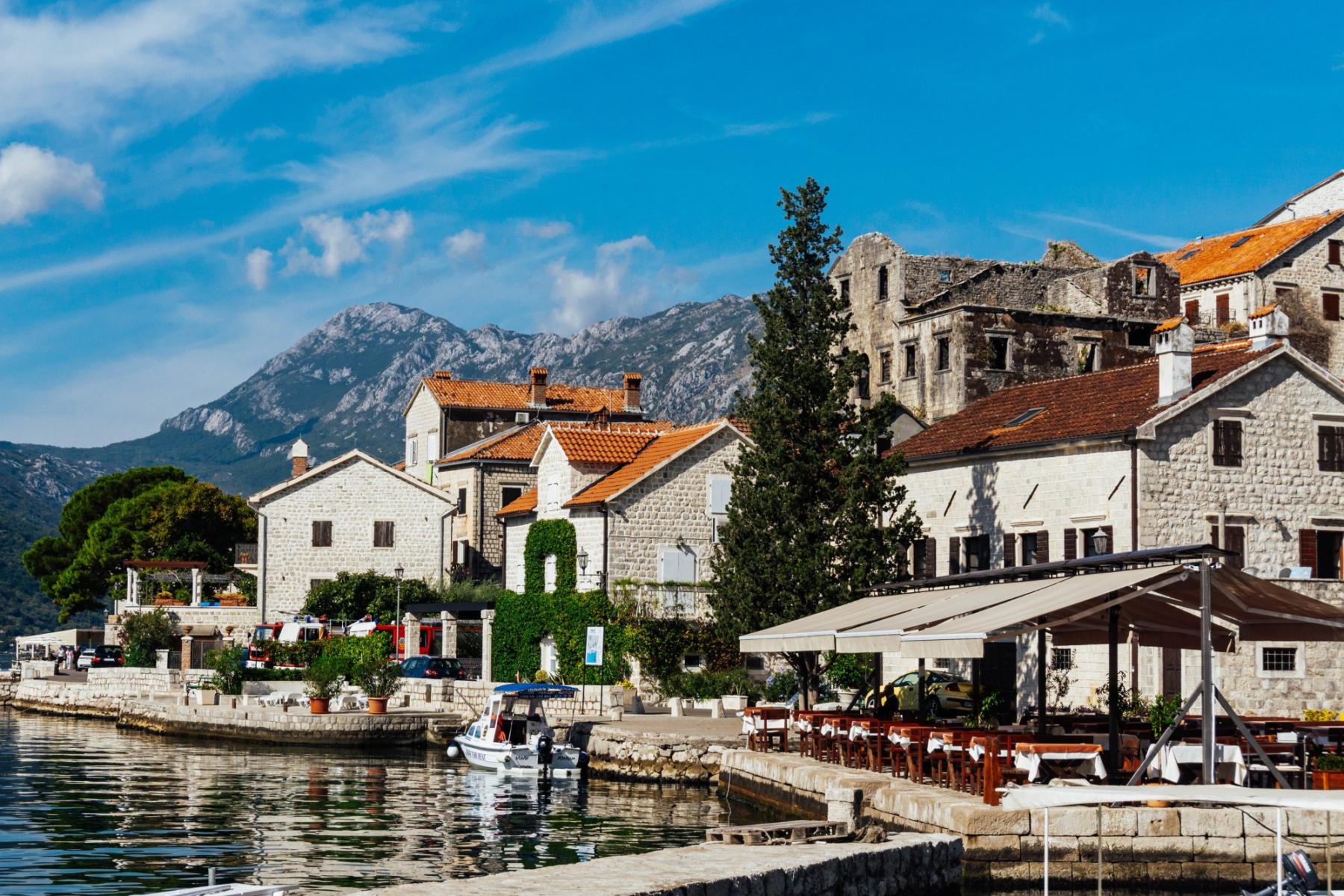
Fabien Rousselot / Unsplash
Montenegro: skiing and snowboarding
There are six to seven ski resorts in Montenegro every winter. They are smaller than in Europe by the height of the slopes, the number of ski lifts, the availability of hotels on the slopes, and other infrastructure.
There are two major ski resorts — “Kolasin 1450” in the Biogradska Gora National Park and Zabljak Ski Resort in Durmitor National Park. Both resorts can be reached by car (public transport does not go there). Then, you will live in the towns, from where every day you will to go to the slopes. For example, in Kolaszyn the slopes are 10 km away from the town.
The length of all ski tracks in the resort is 16.5 km. There are 16 slopes in total. The longest one is 4.5 km. There are 6 blue, 7 red, and 3 black slopes. The highest ski run in Kolasin is 1,930 meters, the lowest is 1,420 meters.
A ski pass for a day for an adult costs only about 15 €. You can rent a ski set for the same 15–20 € per day, depending on the model: professional or amateur. On Christmas holidays ski passes, hotels, restaurants, and other things are 20–30% more expensive.
To travel to the mountains of Montenegro from the coast you need at least four to five days (two or three days to ski, a day to get there and back).
Montenegro: outdoor activities with kinds
If I had children, I would definitely take them with me to Montenegro. With children older than 7–10 years you can do all the above-mentioned activities and sports and more.
For example, children may enjoy the horse riding. To ride a horse in Montenegro you do not need experience — an instructor will give a brief introductory lesson. Horse riding in the countryside and mountains of Montenegro is organized by several local companies: Mountain Riders near Podgorica, Adventurous Horse Riding on Skadar Lake, Konjicki Centar in Budva.
Horse riding with Mountain Riders for 2 hours with an instructor costs 50 € for a minimum of two people, each additional hour costs 15 €. Individual ride for three hours is 110 €.
With younger children you can go to water parks (in Montenegro there are two: in Budva and in Becici), rope parks (in Herceg Novi in the village Vrbanj, Durmitor National Park, Podgorica) and other thematic parks.
Ticket to water park in Budva for 4 persons per day costs 153 €. Entrance to rope park in Herceg Novi costs 10 € for adults and 5 € for children under 15 years old. Like the water park, it works only during the summer season.
Text: Ivan Kuznetsov, an outdoor journalist, editor and writer from the Dolomites, Italy, and Karelia, Finland, with 10 years of professional experience. His favorite sports are cycling, hiking and sauna. Read his other articles
Cover photo: Abenteuer Albanien / Unsplash
Latest News
Professional Weather App
Get a detailed online 10 day weather forecast, live worldwide wind map and local weather reports from the most accurate weather models.
Compare spot conditions, ask locals in the app chat, discover meteo lessons, and share your experience in our Windy.app Community.
Be sure with Windy.app.



